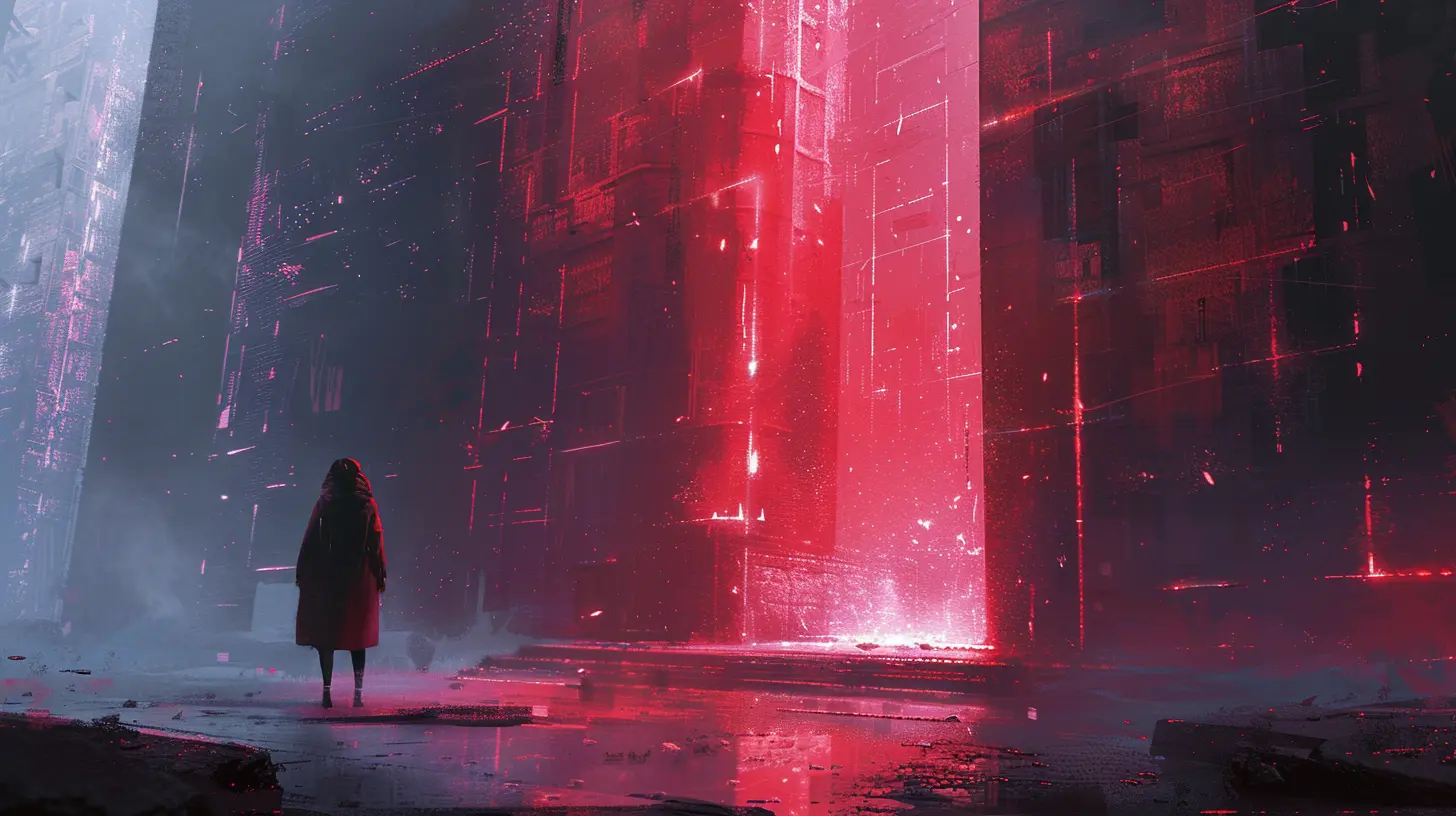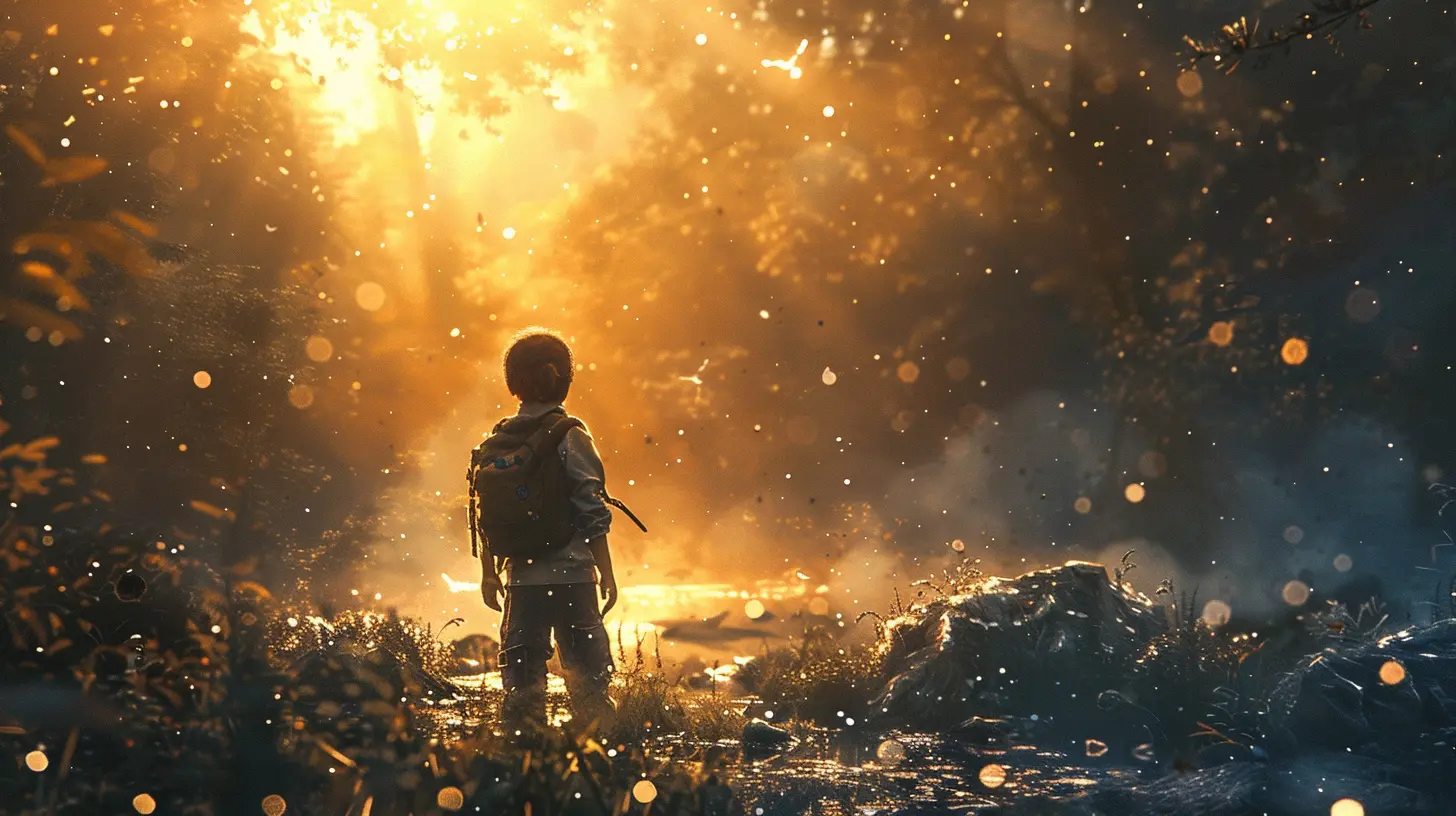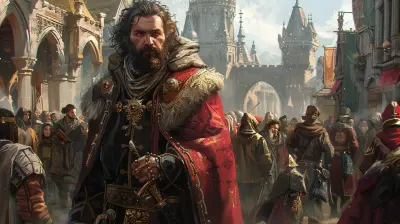Exploring Emotion in Game Design: How to Make Players Feel
23 August 2025
Have you ever played a game that left you sitting in silence afterward, unsure if you just experienced joy, heartbreak, or pure awe? That’s the beauty of emotion in game design. Video games aren’t just about beating the bad guys or leveling up anymore—they’ve become emotional rollercoasters that can make you laugh, cry, or throw your controller across the room (yeah, we’ve all been there). But how do developers master this wizardry? How do they take a series of pixels and polygons and turn them into something that punches you right in the feels?
In this article, we’re diving into the squishy, complicated, and oh-so-rewarding world of emotional game design. Whether you’re a budding developer or just someone who loves gaming, buckle up—this ride is packed with insight, personal musings, and maybe a metaphor or two about roller coasters. Let’s roll.
Why Does Emotion Matter in Games?
Let’s get real: humans aren’t robots. We are walking, talking bundles of emotions, and the media we consume has to connect with that emotional core. Games, just like movies, books, or music, are a way for us to experience new worlds, tell stories, and better understand ourselves.But here’s the kicker: games have something those other mediums don’t—interactivity. Unlike in a movie where you’re a passive observer, in a game, you are the hero. You make the choices. Want to save the princess or burn down the castle? That’s on you. And because you’re an active participant, the emotional stakes are higher. When a game makes you feel something, it can hit harder than any Hollywood tearjerker.
Still not convinced? Think about games like The Last of Us, Journey, or Undertale. These aren’t just games; they’re emotional experiences. And trust me, once you’ve spent hours on an emotional journey, the story will stick with you longer than your favorite fast-food jingle.
Types of Emotions in Game Design
Not all emotions are about sadness or heartbreak—thank goodness, or we’d all be crying into our keyboards. Games can evoke a whole spectrum of feelings, from joy and triumph to fear and frustration. Here’s the emotional buffet game designers have to work with:1. Joy and Triumph
What’s more satisfying than finally defeating a boss you’ve been stuck on for days? Or unlocking an achievement no one else in your friend group has? (Yes, Brad, we’re looking at you.) Games excel at creating moments of pure joy and satisfaction. It’s all about that sweet, sweet dopamine. Games like Super Mario Odyssey or Rocket League practically radiate happiness with their bright visuals, rewarding mechanics, and playful tones.2. Sadness and Loss
Okay, now we’re wandering into the tearjerking territory. Emotional games like Life is Strange or Ori and the Blind Forest take players on journeys filled with loss and sacrifice. These games don’t hold back, and that’s what makes them so powerful. Why? Because when a game makes you cry, you know it’s done its job. (Pro tip: keep tissues handy for these kinds of games. I learned that the hard way.)3. Fear and Tension
Horror games are a masterclass in making players feel something—usually pure, unadulterated terror. Whether it’s the creeping dread of Silent Hill or the jump-scares of Five Nights at Freddy’s, these games get your heart racing. The genius of fear-based design is that the emotion doesn’t just happen to you; you’re actively contributing to it by peeking around corners or deciding whether to open the next door. Spoiler: the answer is usually “nope.”4. Empathy and Connection
Sometimes, games aren’t about you saving the world—they’re about understanding someone else’s. Titles like That Dragon, Cancer or Spiritfarer tap into deeply human emotions, letting players walk a mile in someone else’s shoes. It’s not always about fun; sometimes, it’s about reflecting on life, relationships, and what it means to be human. Heavy stuff.
Tools for Creating Emotional Experiences in Games
Crafting emotional resonance in a game isn’t as easy as sprinkling some sad music and calling it a day. Designers use a whole toolkit of techniques to tug on your heartstrings or make you fist-pump in joy. Let’s break it down:1. Storytelling Meets Gameplay
Good storytelling is the backbone of most emotionally impactful games. Think of it like a book or movie—but better, because you’re in control. A strong narrative hooks players early, builds tension, and delivers on those emotional payoffs. But here’s the twist: the gameplay has to reinforce the story. If the gameplay actively fights against the emotional tone of the story, the whole thing falls flat. It’s like putting pineapple on pizza—not everyone agrees with the combo. (Sorry, pineapple fans.)2. Music and Sound Design
Don’t underestimate the power of a good soundtrack. Music can amplify any emotion in a game, whether it’s eerie silence in a horror sequence or a swelling orchestral score as you charge into battle. Remember the haunting melodies from Hollow Knight or the uplifting music from The Legend of Zelda: Breath of the Wild? Yep, sound is a cheat code for instant feelings.3. Visuals and Art Style
Graphics don’t need to be photorealistic to evoke emotion—sometimes, it’s the opposite. Games like Celeste or Undertale use simple, pixelated visuals that are packed with personality. The art style sets the tone for the game and can make players connect to the world in ways hyper-realistic graphics might not.4. Player Choice and Consequences
Want players to care about a story? Let them make decisions that matter. Games like Mass Effect or The Witcher thrive on giving players agency and showing them the consequences of their actions. It’s a double-edged sword, though; the more freedom players have, the more they’ll blame themselves when things go wrong. (But hey, isn’t that the point?)
How to Make Players Feel (As a Game Designer)
Alright, let’s say you’re a game designer, and you want your players to feel something—anything. Here are a few tips to help you hit your emotional goals:1. Know Your Audience
First things first: who’s playing your game? A lighthearted indie platformer probably doesn’t need a tragic love story, while a dark RPG might not benefit from slapstick humor. Tailor your emotional beats to your intended audience, and you’ll have a better shot at making those moments land.2. Build Tension and Release
Think of emotion like stretching a rubber band. You’ve got to create tension before you can let it snap. Good emotional design is all about pacing—build up to a big moment, let the player stew in the tension, and then deliver the payoff. It’s like setting up a joke’s punchline, except instead of laughs, you’re going for tears (or cheers).3. Write Relatable Characters
People connect with people. Even if your characters are talking animals or alien creatures, they need to feel real. Give them fears, hopes, quirks—anything that makes them human. And don’t forget: it’s not just about writing great dialogue; their actions need to speak volumes too.4. Give Players Ownership
The more players feel in control, the more they’ll be emotionally invested. Let them make choices, shape the story, or even personalize their characters. When their decisions matter, their emotions will follow.Why Emotional Games Leave a Lasting Impact
Let me ask you something: how many games have you played and forgotten the moment the credits rolled? Now, how many stuck with you because of how they made you feel? Chances are, the games that made you cry, laugh, or gasp in shock are the ones you remember most vividly. Emotion gives games staying power. It transforms them from mere entertainment into experiences that linger like the memory of an old friend.When a game truly connects with a player emotionally, it goes beyond being “good” or “fun.” It becomes meaningful. And isn’t that what we all want from art, in whatever form it takes?
Final Boss Time: Your Takeaway
Emotions are the secret sauce of great game design. Whether you’re a developer trying to create your magnum opus or a gamer who just wants to appreciate the art behind the pixels, one thing is clear: emotion is what turns a good game into an unforgettable one. So, the next time a game makes you cry, laugh, or scream, take a moment to appreciate just how much work went into creating that feeling. But also, maybe give your controller a break—it didn’t ask to be thrown.all images in this post were generated using AI tools
Category:
Video Game DesignAuthor:

Whitman Adams
Discussion
rate this article
2 comments
Cerys McCracken
Emotion is the heart of gaming. If designers aren't pushing boundaries and making players truly feel, they're just filling pixels. Step up, innovate, and evoke! Players deserve nothing less.
December 22, 2025 at 3:44 AM

Whitman Adams
Absolutely! Emotion drives engagement and connection in gaming. It's essential for designers to innovate and create experiences that resonate with players on a deeper level. Thank you for highlighting this crucial aspect!
June McQuaid
This article brilliantly captures the essence of emotional connection in gaming. Understanding how to evoke feelings enhances player engagement and transforms gameplay into a memorable experience.
August 25, 2025 at 5:00 AM

Whitman Adams
Thank you for your thoughtful comment! I'm glad you found the article insightful in highlighting the importance of emotional connections in gaming.


